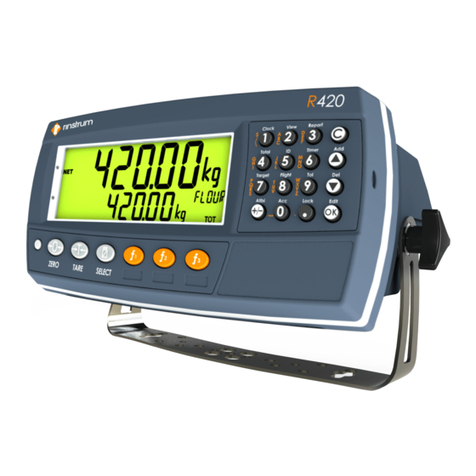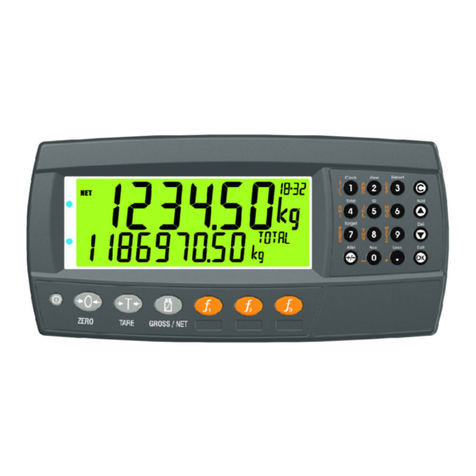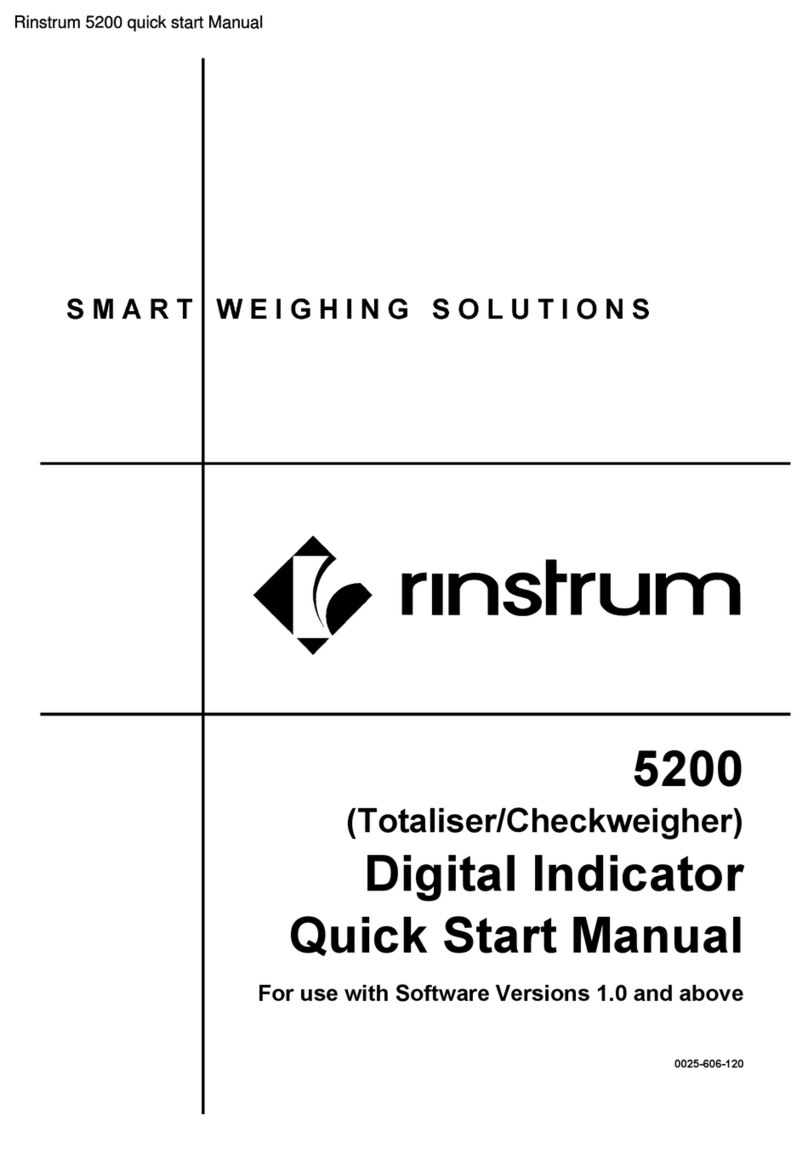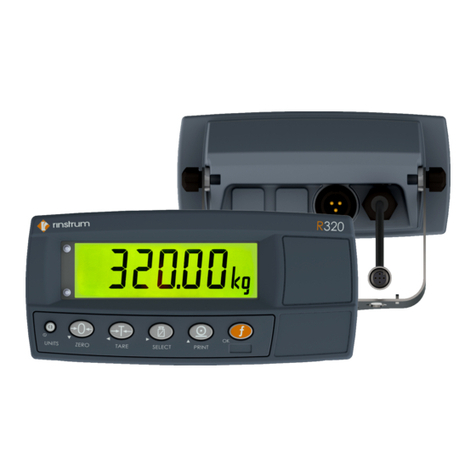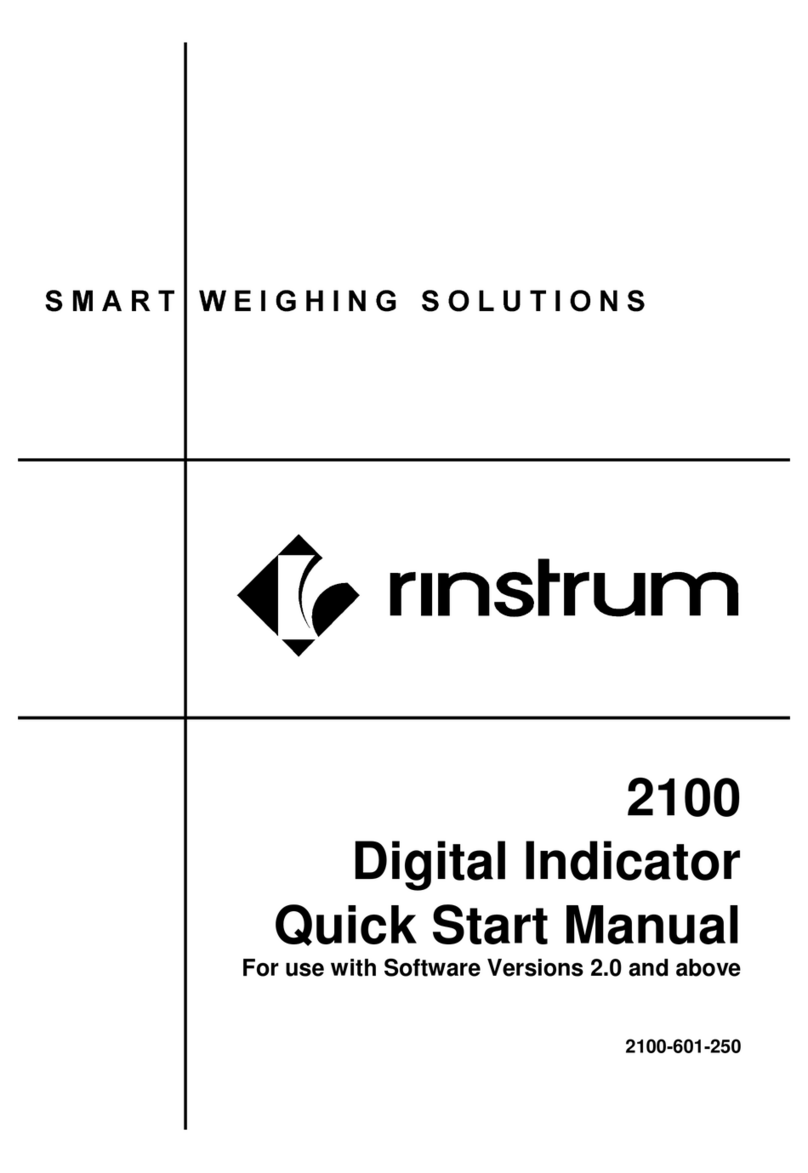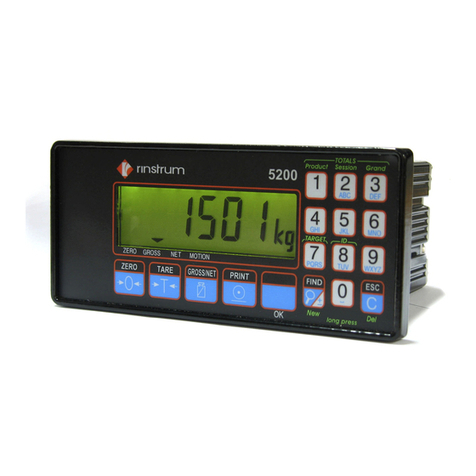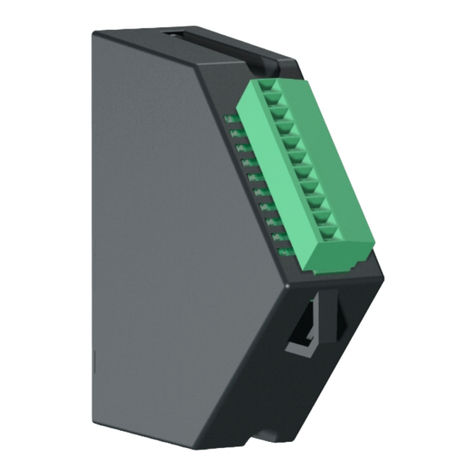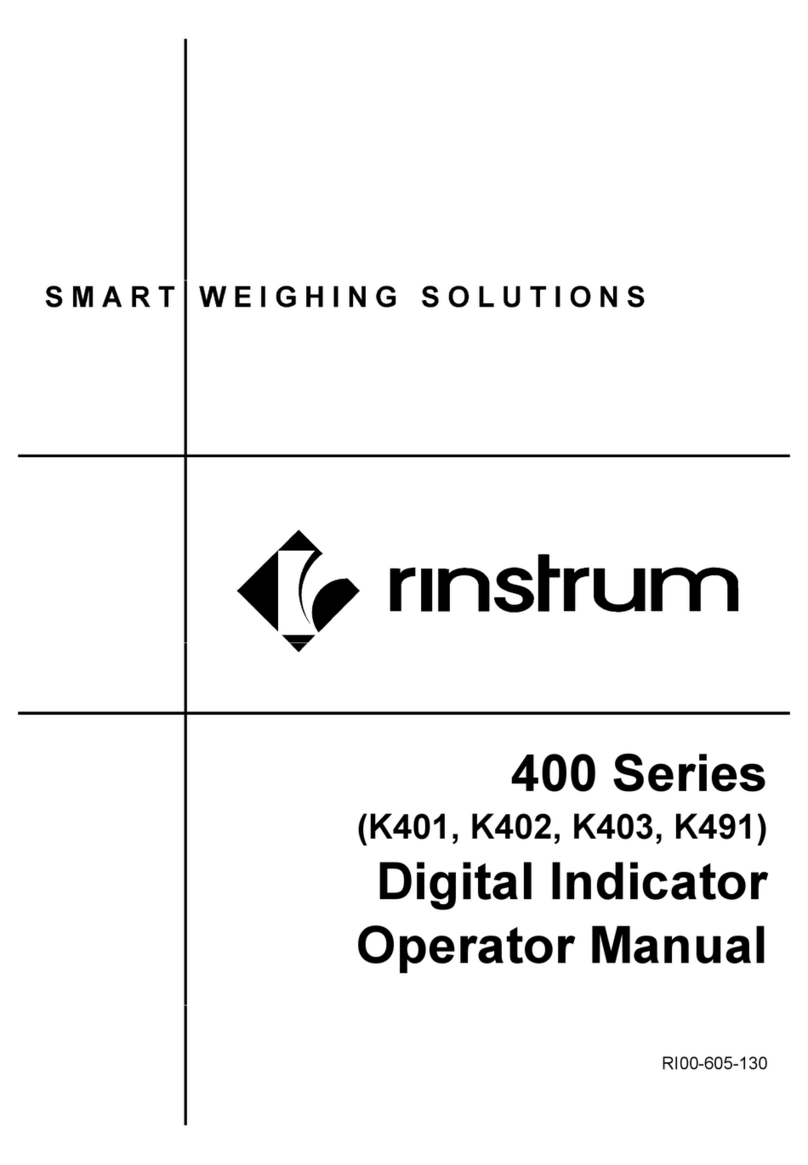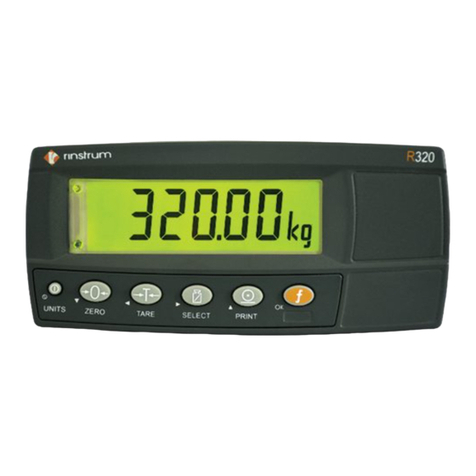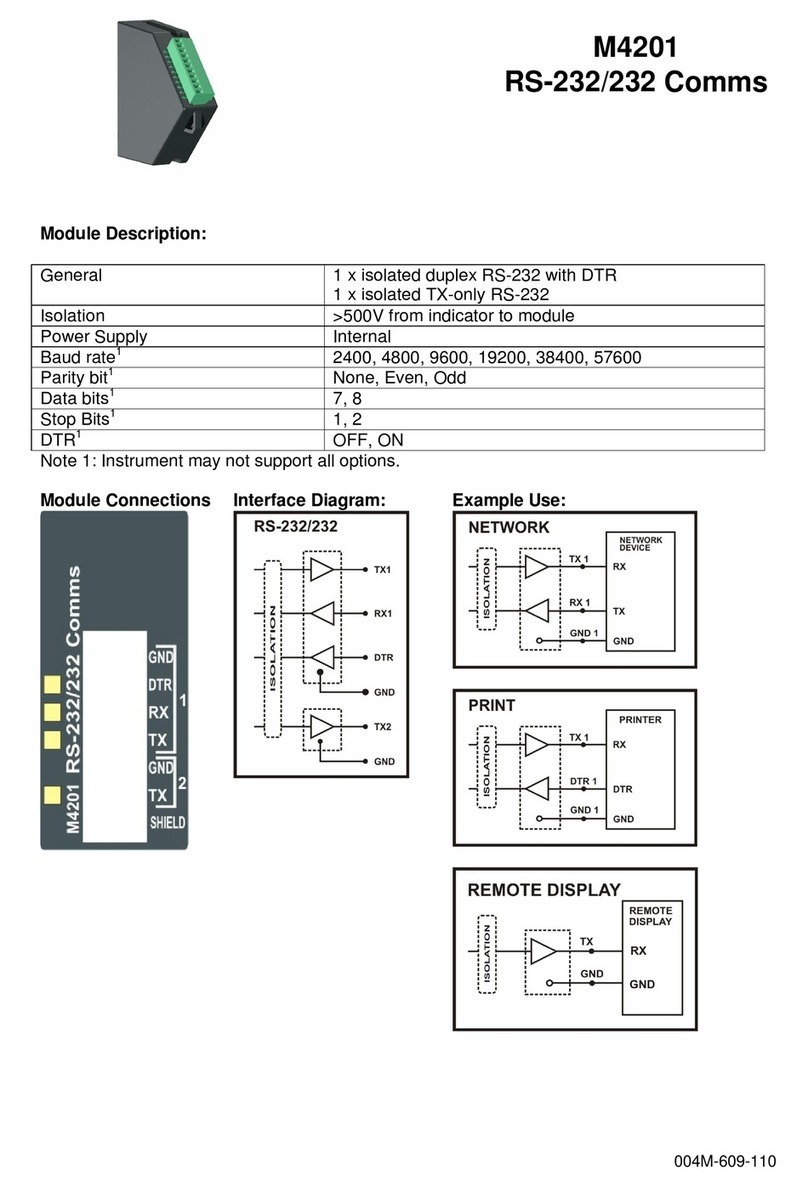
Reference Manual Rev 2.30
Page 4 004R-600-230
12.2.3. SINGLE .................................................................................................... 98
12.2.4. TEST ........................................................................................................ 98
12.2.5. COUNT .................................................................................................... 99
12.2.6. PIECE .................................................................................................... 100
12.2.7. UNITS .................................................................................................... 101
12.2.8. HOLD ..................................................................................................... 103
12.2.9. PEAK HOLD ........................................................................................... 104
12.2.10. PRD.SEL ................................................................................................ 106
12.2.11. HI.RES ................................................................................................... 107
12.2.12. SC.EXIT ................................................................................................. 108
12.2.13. SEMI.P.T ................................................................................................ 108
12.2.14. A.TARE .................................................................................................. 108
13. SETPOINTS ...................................................................................................................... 109
13.1. Overview ................................................................................................................ 109
13.2. Outputs ................................................................................................................... 109
13.3. Common Settings ................................................................................................... 109
13.4. Weigh in (OVER) Setpoints and Weigh Out (UNDER) Setpoints ............................ 110
13.4.1. Additional Settings .................................................................................. 112
13.5. Status Based Setpoint Types ................................................................................. 112
13.6. Logic Setpoint Types .............................................................................................. 113
13.7. Scale Entry/Exit Setpoint Types.............................................................................. 116
14. ANALOGUE OUTPUT ....................................................................................................... 117
14.1. Overview ................................................................................................................ 117
14.2. Configuration of Hardware ...................................................................................... 117
14.2.1. Configuration .......................................................................................... 117
14.2.2. Calibration .............................................................................................. 117
14.2.3. Testing ................................................................................................... 117
14.3. Analogue Weight Transmission .............................................................................. 117
15. APPENDIX 1: DIMENSIONS ............................................................................................. 118
15.1. Legal Sealing Details .............................................................................................. 120
15.1.1. Trade Label ............................................................................................ 120
15.1.2. Lead Seals ............................................................................................. 121
15.1.3. Destructible Sticker Seals ....................................................................... 122
15.1.4. Electronic Seal........................................................................................ 122
16. APPENDIX 2: PRINT AND AUTOMATIC TRANSMISSION TOKENS .............................. 123
16.1. ASCII codes ........................................................................................................... 123
16.2. Use of Characters in the Extended ASCII table ...................................................... 123
16.3. Tokens ................................................................................................................... 124
16.3.1. Non-paged generic tokens ...................................................................... 124
16.3.2. Page tokens ........................................................................................... 124
16.3.3. Page 0 (BEH), 1 (BDH), 2 (BCH), 3 (BBH), 7 (B7H) tokens: Weight
Information ............................................................................................................. 125
16.3.4. Page 4 (BAH), 5 (B9H), 6 (B8H) tokens: Product Information: ................... 126
16.3.5. Page 8 (B6H) tokens: Miscellaneous weight data .................................... 126
16.3.6. Format tokens ........................................................................................ 127
17. APPENDIX 3: COMMUNICATIONS REGISTERS ............................................................. 128
18. APPENDIX 4: SETUP MENU QUICK REFERENCE ......................................................... 137
19. APPENDIX 5: ERROR MESSAGES ................................................................................. 140
19.1. Overview ................................................................................................................ 140
19.2. Weighing Errors ...................................................................................................... 140
19.3. Setup Errors ........................................................................................................... 140
19.4. Diagnostic Errors .................................................................................................... 141
20. APPENDIX 6: ETHERNET MODULE ................................................................................ 142
20.1. Overview ................................................................................................................ 142
20.2. Network Configuration ............................................................................................ 142
20.3. Viewing the Current Configuration .......................................................................... 142
20.4. Services ................................................................................................................. 142
20.4.1. TCP Sockets .......................................................................................... 142
20.4.2. Web Interface ......................................................................................... 142

